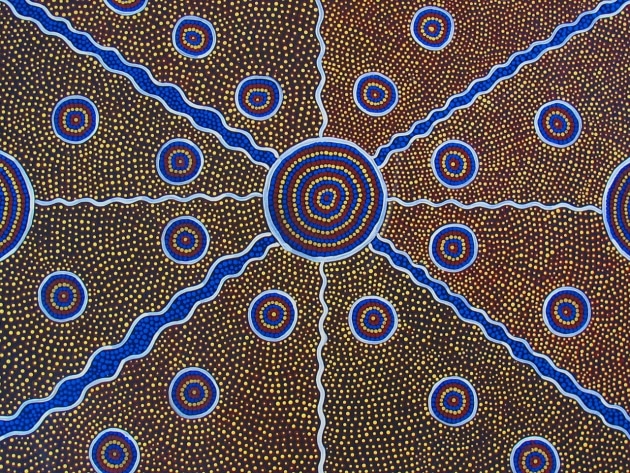One of the most famous art styles in Australia, Aboriginal art, has earned worldwide attention. Indigenous art for sale may be purchased and installed in a home to provide a splash of colour and culture. Some of the most detailed and indigenous paintings have been created by artists who desire to express themselves via art. These paintings are complex yet accessible at the same time.
When individuals invest in Aboriginal artists’ work, they get more than monetary gain. Here are a few examples of how indigenous people are more concerned with making a statement than earning a profit from their work.
Freedom:
Indigenous people feel liberation from sharing their art with others who don’t know about it. Aboriginal people were seen as inferior throughout history, and their work was often ignored by the affluent. Rather than painting and producing art for the affluent, these individuals painted and created art for the benefit of their society to feel free.
As a result, they could freely express their emotions and contribute to the community. It was one of the few places in the art world where individuals could express themselves authentically and create work as a means of breaking free from the shackles of societal expectations.
Equality:
Art is a political act. Artistry is subjective. In addition, art has the power to define. For the longest time, painting and drawing were seen as a pastime for the wealthy and upper class. People who had both time and money were invited. When indigenous artists’ work is shown in public settings and sold, they experience a feeling of pride and equality, as though their work is now treated equally to that of others.
There is little differentiation among the aboriginals regarding who crafts this art. As long as their work is staged at the same level as everyone else’s, they are content with it.
Belongingness:
Aboriginal art had a larger purpose than just self-expression; it served as a contribution to the culture in which it was created. Others were excluded from an exclusive club. Aboriginal people relied on art to express their innermost thoughts and emotions to one another. A sense of belonging grew in them because they could identify with the group’s sentiments.
It was more critical for them to feel validated inside their walls than outside. Through this art, they identified themselves and demonstrated their worth to the rest of the world. Even though they were classed as being below the rest of society, the aboriginals held their own and demonstrated that they were more than simply a difference in status.
Getting rid of divisions:
Art can unite individuals from all walks of life. There were no limits to this section’s scope; it extended throughout the planet. They are now able to talk about their work because of their acclaim. Aboriginal people want peace and harmony much more than the general population realises.
Indigenous people believe that art is a collective endeavour that hinges on the concept of unity. It is a result of social stratification, but it is also fostered. In art, inequalities between individuals are erased and elevated to the same level, regardless of their differences. If you want to support indigenous artists and look into their culture, you can try purchasing indigenous art for sale. Members of an indigenous community must be represented to feel solid and secure in their own identity.



